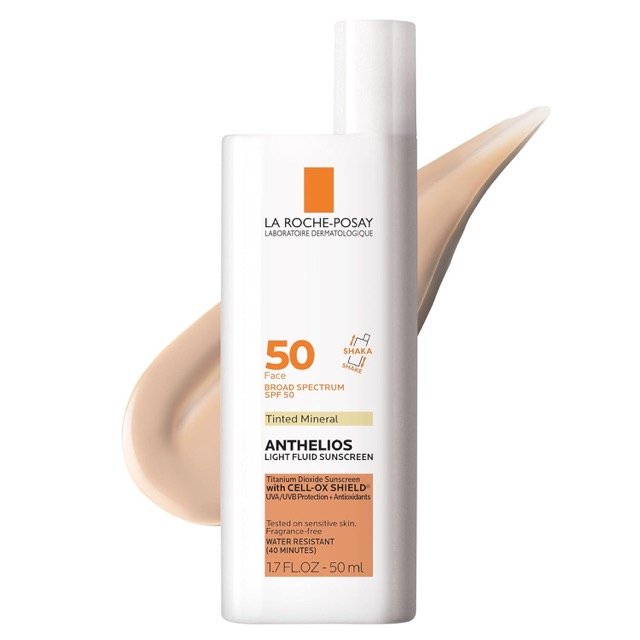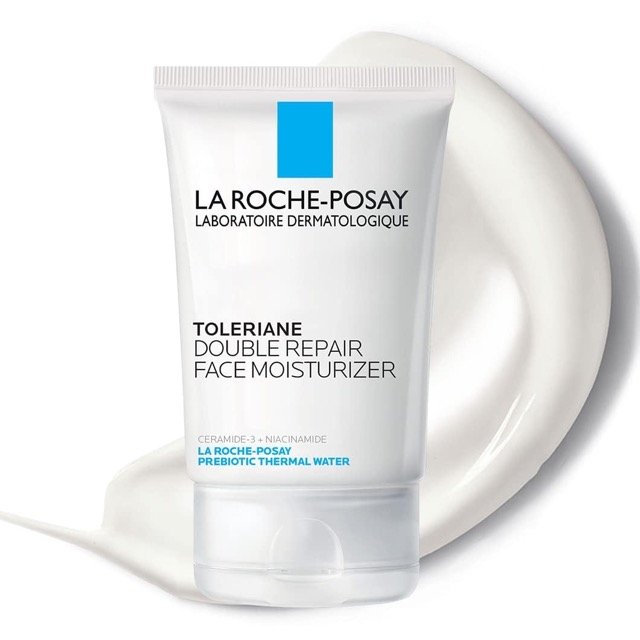Lucinactant (Surfaxin) is a synthetic surfactant that replaces the endogenous human surfactant. It is indicated for the prophylactic treatment of premature infants who are at risk of developing respiratory distress syndrome.
Lucinactant Uses:
-
Respiratory distress syndrome:
- It is indicated for the prevention of respiratory distress syndrome (RDS) in premature infants who are at a high risk of developing respiratory distress syndrome (RDS).
Other commonly used surfactants include:
- Poractant alfa
- Calfactant
- Beractant
- BLES (Bovine lipid extract surfactant)
Use in Adults:
Not indicated.
Lucinactant (Surfaxin) Dose in Children:
Lucinactant (Surfaxin) Dose for the prophylaxis of infants with Respiratory distress syndrome:
-
Premature Infants:
-
Endotracheal:
- 5.8 mL/kg of birth weight.
- The dose may be repeated thrice for up to a total of four doses administered subsequently at intervals of 6 hours within the first 48 hours of life.
- Guidelines suggest that frequent dosing (at intervals of less than 12 hours) is not necessary unless the surfactant is inactivated by blood, meconium, or infection.
-
Note: For newborns who do not require mechanical ventilation for severe RDS, current guidelines recommend using CPAP immediately after birth with subsequent selective surfactant administration (AAP [Polin 2014]).
Dose in Kidney Disease:
There are no dosage adjustments provided in the manufacturer's labeling.
Dose in Liver disease:
There are no dosage adjustments provided in the manufacturer's labeling.
The following events were observed during the dosing procedure.
Common Side Effects of Lucinactant (Surfaxin):
-
Gastrointestinal:
- Endotracheal tube reflux
-
Hematologic & oncologic:
- Oxygen desaturation
-
Miscellaneous:
- Obstruction of the endotracheal tube
Less Common Side Effects of Lucinactant (Surfaxin):
-
Cardiovascular:
- Bradycardia
Contraindications to Lucinactant (Surfaxin):
FDA-approved labeling does not contain any contraindications.
Warnings and precautions
-
Transient adverse effects:
- It is possible to experience transient episodes of bradycardia or hypoxemia, endotracheal obstruction, reflux of the ETT, and other symptoms such as bradycardia, hypoxemia or bradycardia.
- Before administering the dose, stabilize the patient (interrupt treatment until you give the next dose). Once the infant is stable, you can reintroduce the treatment.
Lubiprostone: Drug Interaction
|
Levomethadone |
May diminish the therapeutic effect of Lubiprostone. |
|
Methadone |
May diminish the therapeutic effect of Lubiprostone. |
Monitoring parameters:
- Monitor heart rate and transcutaneous O2 saturation
- Ventilator settings
- Frequent sampling of arterial blood gases is necessary to prevent post-dosing hyperoxia and hypocarbia.
How to administer Lucinactant (Surfaxin)?
For endotracheal administration only.
- Warm the suspension before administering it. Shake the vial vigorously.
- After shaking, inspect it and ensure that the suspension is uniform, opaque white to off-white, and free flowing.
- The required amount of the drug should be drawn into a single, appropriately sized syringe depending on the volume of the solution to be used (using a 16 or 18-gauge needle).
- Before administration of the drug, airway suctioning may be required and the neonate should be stabilized before administering the drug.
- The drug is then administered into the endotracheal tube via a 5-french end-hole catheter that is inserted in to the endotracheal tube.
- The drug is administered in four aliquots of 1.45 ml/kg each.
- The drug is administered while alternating the posture between right and left lateral decubitus.
- Each aliquot of the drug is administered as a bolus followed by positive pressure ventilation.
- The neonate should be stabilized between each aliquot administration.
- Heart rate should be monitored and kept above 120/minute and oxygen saturation should be kept above 90% before administering each aliquot.
- After the full dose (four aliquots) are administered, suctioning should be withheld for one hour unless signs of significant airway obstruction are noted.
- Keep the neonates' bed elevated at ≥10° for at least 1 to 2 hours.
Mechanism of action of Lucinactant (Surfaxin):
- Lucinactant (Surfaxin), is used to replace the endogenous lungs surfactant in neonates deficient or lacking in it.
- This reduces the risk of respiratory distress syndrome.
- Surfactant is required in the lungs to prevent alveoli from collapsing during expiration.
- It reduces the tension between the air and alveolar surfaces.
- It is a synthetic surfactant that contains phospholipids (KL4 Peptide) that closely resembles the human surfactant proteins (SP-B) in order to mimic its action.
International Brand Names of Lucinactant:
Surfaxin
Lucinactant Brand Names in Pakistan:
No Brands Available in Pakistan.







